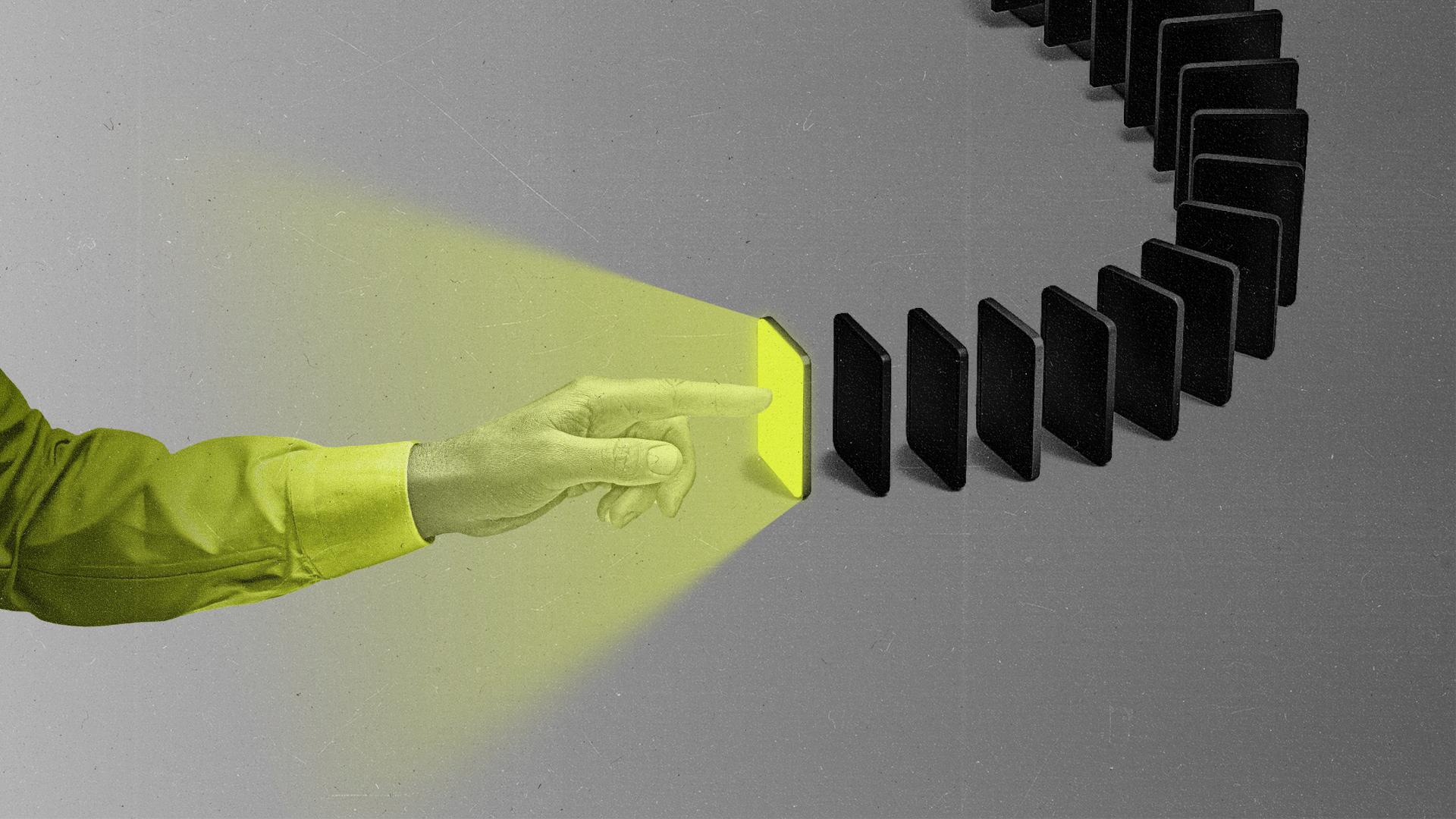Trust is the holy grail for brands in the AI era

In a world where trust is faltering and synthetic content is rapidly becoming indistinguishable from the real thing, trust has never been more vital. The distance between digital and physical experiences is collapsing, and the old brand-building model — with its predictable collection of “touchpoints” like ads, emails, websites or store visits, no longer cuts it.
We’re watching a real-time shift: from touchpoints to trust points.
It’s no longer about just being present. It’s about how your brand shows up and whether it’s trusted when you do.
As highlighted in a recent Ad Age piece, researchers pointed to a defining shift in how Gen Z interacts with brands: “Gen Z doesn’t separate online and offline, they see it all as one continuous experience.” But this reality isn’t unique to younger consumers. It’s a signal of where brand strategy is heading overall.
Smart brands are no longer just counting impressions. They’re designing trust systems.
Every interaction is a test
Traditionally, touchpoints were just the places where you reached your customer. But today, those moments are no longer neutral. They are shaped by real-time feedback from comment sections, group chats, FYPs and subreddit threads.
Every time a customer encounters a brand, trust is either built or eroded. A TikTok video isn’t just content; it’s a proof point. A Reddit thread can become a conversion funnel. A customer service email might matter more than a product launch.
What used to live in the back end of marketing is now the front line of customer experience. CRM, email, support and business intelligence are now where brand equity is being built or broken.
Presence over pervasiveness
This isn’t a call for brands to be everywhere.
If anything, being everywhere dilutes the very trust brands are trying to earn. Consumers aren’t rewarding ubiquity, they’re rewarding intentionality, authenticity and relevance. They trust brands that show up where it makes sense, not just where there’s traffic. The brands that win prioritize listening, show up where their audience spends time and take meaningful action based on what they hear.
A brand’s credibility today is often built in the comments, not the caption. So ask yourself: Are you responding to feedback? Are you surfacing real people, not paid voices? Are you showing the mess behind the polish, the outtakes behind the campaign?
Consumers are paying attention not only to the content but to the context, especially in a world that is overrun with mass-produced, generic AI output. The feedback is loud and clear: Thoughtful, human-made work is what resonates.
From funnel to feedback loop
The traditional funnel assumed a brand could guide the customer journey in a straight line. Awareness led to interest, which led to desire and then action. But that model only works if you’re in control.
Trust points behave differently. They build over time. They surface in unexpected places. They don’t always belong to the brand, and their influence is compounding.
The businesses that build sustainable brands aren’t chasing short-term wins. They’re investing in consistency, clarity and patience. They know trust isn’t built by simply repeating a message. It’s earned by how a brand shows up, again and again, across every space it touches.
Be creative in the age of AI
AI is transforming the content landscape. It has made content creation more accessible — and the internet more crowded. But speed and efficiency? That’s table stakes now. What still sets brands apart is quality and point of view.
The most effective marketers will use these tools to elevate their brand, not just flood the zone. Instead of a race to the bottom, it’s a call to raise the bar. Let the most creative minds win.
Audiences are recognizing what’s been generated versus what’s been made. We're beginning to see a cultural return toward human-made content that reflects effort, originality and care.
People are going to crave it. Real will stand out. Because at the end of the day, AI is derivative. Creativity isn’t.
Designing for trust in a fragmented landscape
So how do smart brands build trust points?
- Listen and implement: Consumers notice when feedback leads to real change — product updates or policy shifts. Active listening is now a brand asset.
- Show up in the right places with intent: This isn’t about marketing tactics designed to extract money. It’s about understanding how each channel fits your brand.
- Choose transparency over perfection: Authenticity is often less about tone and more about behavior. Owning mistakes, showing behind-the-scenes moments or spotlighting peer creators are ways to demonstrate transparency.
- Keep your values consistent, even if your execution varies: Ensure that people can recognize you wherever you show up, and not just through visual identity but through behavior.
- Stay creative in a world that demands speed and volume: Create authentic, interesting content that respects your audience’s intelligence.
The new brand equity
We’re watching this shift happen in real time. Brands once built on aesthetics and scale are now being scrutinized by their own audiences. Peer reviews carry more weight than celebrity endorsements. Customers are scouring social comments, product reviews and Reddit threads to see if your message holds up. Trust is the currency, and it’s slow to earn and fast to lose.
Performance still matters, but so does brand-building. More than ever, how brands evolve is shaped by the consumers themselves.
Every touchpoint has become a trust point.
Brands that embrace that shift, and design for it, won’t just keep up.
They’ll lead.
This op-ed represents the views and opinions of the author and not of The Current, a division of The Trade Desk, or The Trade Desk. The appearance of the op-ed on The Current does not constitute an endorsement by The Current or The Trade Desk.